Keep reading to know...
Let this be your daily reminder to apply sunscreen, even on cloudy days. According to studies, sunblocks do more than block UV rays—they actively prevent and reduce pigmentation. Wearing sunscreen is the most effective way to shield skin from cancer-causing ultraviolet radiation, as well as premature ageing, which is the main cause of fine lines, deeper wrinkles, blotchiness, pigmentation, and textural abnormalities. Moreover, there are numerous sunblock formulas with ingredients such as niacinamide and antioxidants, which shield your skin from sun-induced dark spots while brightening your complexion. Save this guide if you’re looking for a sunscreen to protect your skin from harmful UV rays while helping it stay radiant.
Understanding Sun Damage
Before getting into the best sunscreen for pigmentation, it’s important to understand that ultraviolet (UV) radiation from the sun causes skin damage, including dark spots. There are two primary types of UV rays:
- UVA rays: These rays penetrate the deeper layers of the skin, resulting in premature ageing, wrinkles, and loss of suppleness. They also contribute to the development of pigmentation.
- UVB rays: These rays primarily affect the outer layer of the skin, causing sunburn and skin cancer. They can also indirectly lead to dark spots by irritating the skin.
When your skin is exposed to UV radiation, it results in a series of reactions. The skin's natural defence mechanism is to produce melanin, a pigment, which absorbs UV rays to protect the skin. In some cases, melanin becomes unevenly distributed, resulting in the formation of dark spots or hyperpigmentation.
How Do Sunscreens Get Rid of Dark Spots?
A good-quality sunscreen will effectively shield your complexion from UV damage and prevent the creation of dark spots. While there isn’t one best sunscreen for pigmentation, pick sunscreens with these key ingredients:
- Niacinamide: This vitamin B3 derivative minimises melanin production and boosts skin tone and texture. Choose a sunscreen with this ingredient such as the Lakme Sun Expert SPF 50 Pa++++ 1% Niacinamide + Vitamin C Gel Sunscreen or the POND'S Sun Miracle SPF 55 light Sunscreen - Protect & Bright, which are clinically proven to fade dark spots.
- Antioxidants: Antioxidants, like vitamin C and ferulic acid, neutralise free radicals caused by UV damage, minimising inflammation and combating dark spots. The AHC Natural Perfection Double Shield Sun Stick is an excellent sunscreen with antioxidants.
How to Choose the Right Sunscreen for Dark Spots?
Always pick a sunblock that offers broad-spectrum protection, meaning it shields your skin from both UVA and UVB rays. The best sunscreen for you will depend on your skin type and specific concerns. Here are some tips to help you choose:
1. Skin Type
- Oily Skin: If you have oily skin, choose a lightweight, oil-free, and non-comedogenic sunblock.
- Dry Skin: For people with dry skin, hydrating sunscreens with moisturising ingredients like hyaluronic acid are best.
- Sensitive Skin: If you have sensitive skin, you have to be extra careful. Pick fragrance-free sunscreens with minimal chemical ingredients. The REN Clean Skincare Global Protection Day Cream is perfect for people with sensitive or easily irritated skin.
2. Lifestyle
- Daily Wear: For regular daily wear, a lightweight sunscreen with SPF 30 offers enough protection for most people.
- Outdoor Enthusiasts: If you are spending a lot of time in the sun, use a water-resistant, sweat-resistant, and broad-spectrum sunblock with SPF 50 or higher.
Debunking Sunscreen Myths
- Higher SPF, Better Protection: While a higher SPF does offer more protection, it's crucial to note that SPF 50 only blocks about 98% of UVB rays, while SPF 30 blocks about 97%. The difference in protection is comparatively negligible.
- One Application Lasts All Day: Remember to reapply sunblock every two hours, or more often if you're sweating or swimming.
- Sunblock Prevents Tanning: While sunscreen helps prevent sunburn, it won't completely prevent tanning.
- All Sunscreens Leave a White Residue: Presently, there are several sunblocks in the market that are lightweight and non-greasy. To avoid a white residue, choose a sunscreen with sheer, matte, or tinted formulas.
Sunscreen Layering: Do’s and Don’ts for Extra Protection
Layering sunscreen is an easy way to increase your sun protection, particularly if you're spending long periods outdoors or have sensitive skin. However, it's crucial to do it right to maximise the benefits and avoid potential pitfalls.
1. The Do's of Sunscreen Layering
- Layer Carefully: Use a moisturiser with SPF as your first layer to hydrate your skin. Then, apply a generous amount of sunblock. If you're wearing makeup, choose a foundation with SPF.
- Check Ingredients: While layering different sunblock types is generally safe, it's advisable to avoid using chemical and mineral sunscreens on the same area of skin, as it might minimise their effectiveness.
2. The Don'ts of Sunscreen
- Layering Don't Overapply: While layering is advantageous, extra amounts won't necessarily offer significantly more protection.
- Don't Rely Only on Makeup with SPF: Always remember that makeup with SPF is not a substitute for a dedicated sunblock.
- Don't Forget Hidden Areas: Lastly, apply sunscreen to shield areas like your ears, neck, and the tops of your feet.
By understanding the science behind dark spots and picking the right sunblock, you can shield your complexion from harmful UV rays and keep your skin looking bright and youthful.
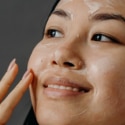
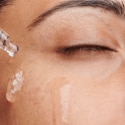
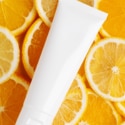
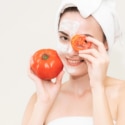
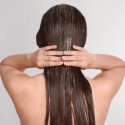




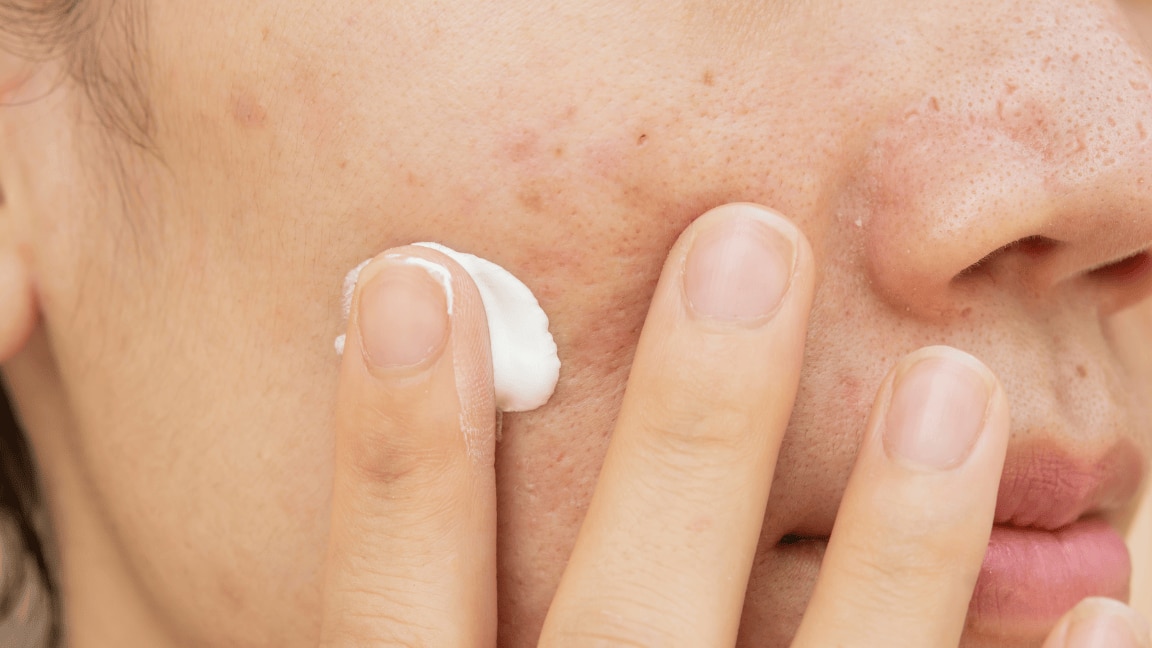

 BePicks
BePicks


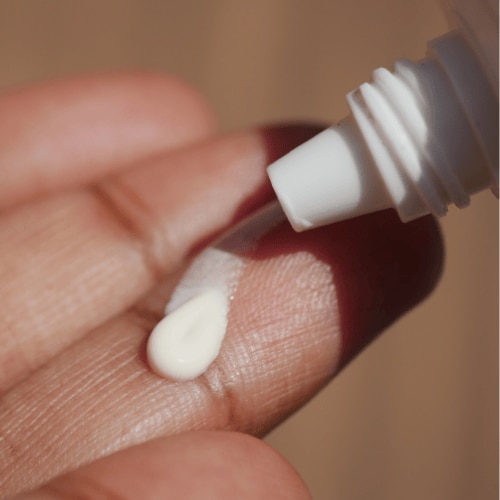
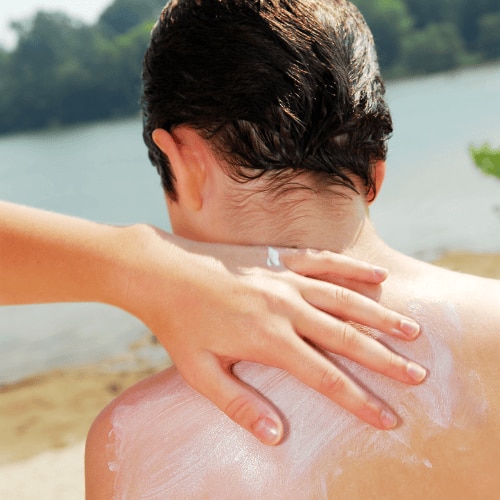
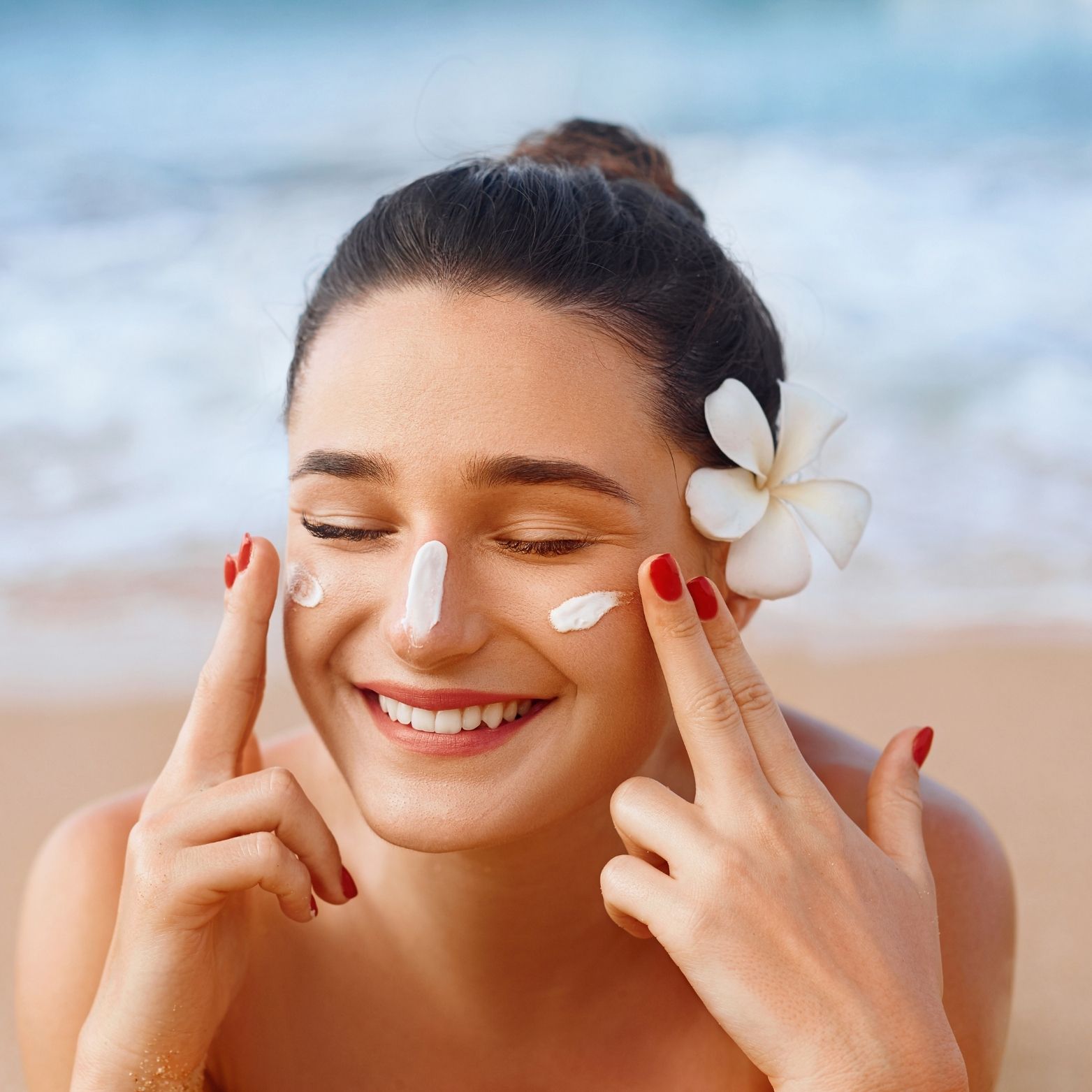

 Privacy Notice
Privacy Notice